Generative AI, a type of artificial intelligence, is transforming the way content is created and issues are solved across industries. Using powerful algorithms and massive datasets, generative AI systems can generate new and novel outputs that resemble human creativity, such as prose, images, music, and even code. This game-changing technology is creating previously unthinkable opportunities in entertainment, healthcare, education, and other fields.
Understanding Generative AI
Generative AI refers to AI systems that create new material rather than simply analyzing current data. These systems use machine learning models, namely deep learning frameworks such as Generative Adversarial Networks (GANs) and transformers. GANs are made up of two neural networks: a generator and a discriminator, which work together to create realistic results. Meanwhile, transformers, such as OpenAI’s GPT models, are excellent at processing and producing coherent, contextually relevant text.
At its foundation, generative AI discovers patterns, structures, and relationships within a dataset. Once trained, the model can produce wholly new outputs that are similar to the training data yet unique in their own right. This capacity offers a wide range of applications, including automating everyday operations and pushing the frontiers of artistic expression.
Applications of Generative AI
Content Creation
Generative AI is transforming the way creative content is produced. In the media and entertainment industries, AI-powered technologies create screenplays, images, and even music. For example, AI systems like as DALL-E generate detailed visuals based on textual descriptions, allowing designers to quickly bring their concepts to life. Similarly, tools such as ChatGPT help authors create compelling articles, tales, and social media content.
Healthcare
In healthcare, generative AI is driving advances in diagnostics and personalised medication. AI models generate synthetic medical images to aid in the training of diagnostic systems while maintaining patient privacy. Furthermore, generative AI helps in medication discovery by simulating chemical compounds and predicting their efficacy, considerably speeding up the creation of new treatments.
Education and Training
Generative AI improves educational experiences by developing personalized learning resources including quizzes, simulations, and tutorials. AI-powered virtual instructors deliver individualized feedback and adapt to students’ learning methods. For example, generative AI may replicate real-world settings to help professionals train in industries such as health, engineering, and aviation.
Customer Service
Chatbots and virtual assistants driven by generative AI provide more realistic and context-aware interactions. These systems can handle difficult queries, provide thorough explanations, and even hold casual conversations, thereby increasing customer satisfaction and lowering operational expenses.
Gaming and Virtual Worlds
Generative AI is changing the gaming business by developing immersive worlds, realistic characters, and dynamic storylines. AI-generated assets shorten production time while providing personalised gaming experiences. Generative AI uses virtual reality (VR) and augmented reality (AR) to build lifelike simulations for instruction, entertainment, and therapy.
Challenges and Ethical Considerations
While generative AI has great promise, it also poses problems and ethical quandaries. One major concern is the potential misuse of AI-generated content. Deepfakes, for example, employ generative AI to make convincing but fraudulent movies or images, endangering privacy, security, and disinformation.
Another difficulty is the inherent bias in training data. If the data used to train generative AI models is biased, the results may reinforce or exacerbate those biases. Addressing this issue needs thorough dataset curation and continual AI system monitoring.
When AI-generated content closely mimics prior works, it raises copyright and intellectual property concerns. Clear legal frameworks and standards are required to overcome these complications.
Future of Generative AI
The future of generative AI is both promising and transformational. Advances in computer power and algorithm efficiency will allow for more sophisticated and realistic results. Multimodal models that include text, graphics, audio, and video will broaden the range of generative AI applications.
Collaboration between humans and AI is expected to determine the next phase of innovation. AI technologies will serve as co-creators, supporting humans with brainstorming, design, and innovation while increasing accessibility and inclusivity in creative fields.
Furthermore, as generative AI becomes more incorporated into everyday life, strong ethical rules and transparent practices will be required. These safeguards will ensure that technology is used ethically and equitably, enhancing benefits while minimizing hazards.
Conclusion
Generative AI is a ground-breaking technology that is changing the way we create, learn, and solve issues. Its ability to create fresh and original content propels advancement throughout industries, including healthcare, education, entertainment, and customer service. While obstacles exist, the ongoing research and ethical use of generative AI has the potential to unleash unprecedented levels of human creativity and innovation. As we embrace this disruptive technology, teamwork and careful management will be essential for fulfilling its full potential.




